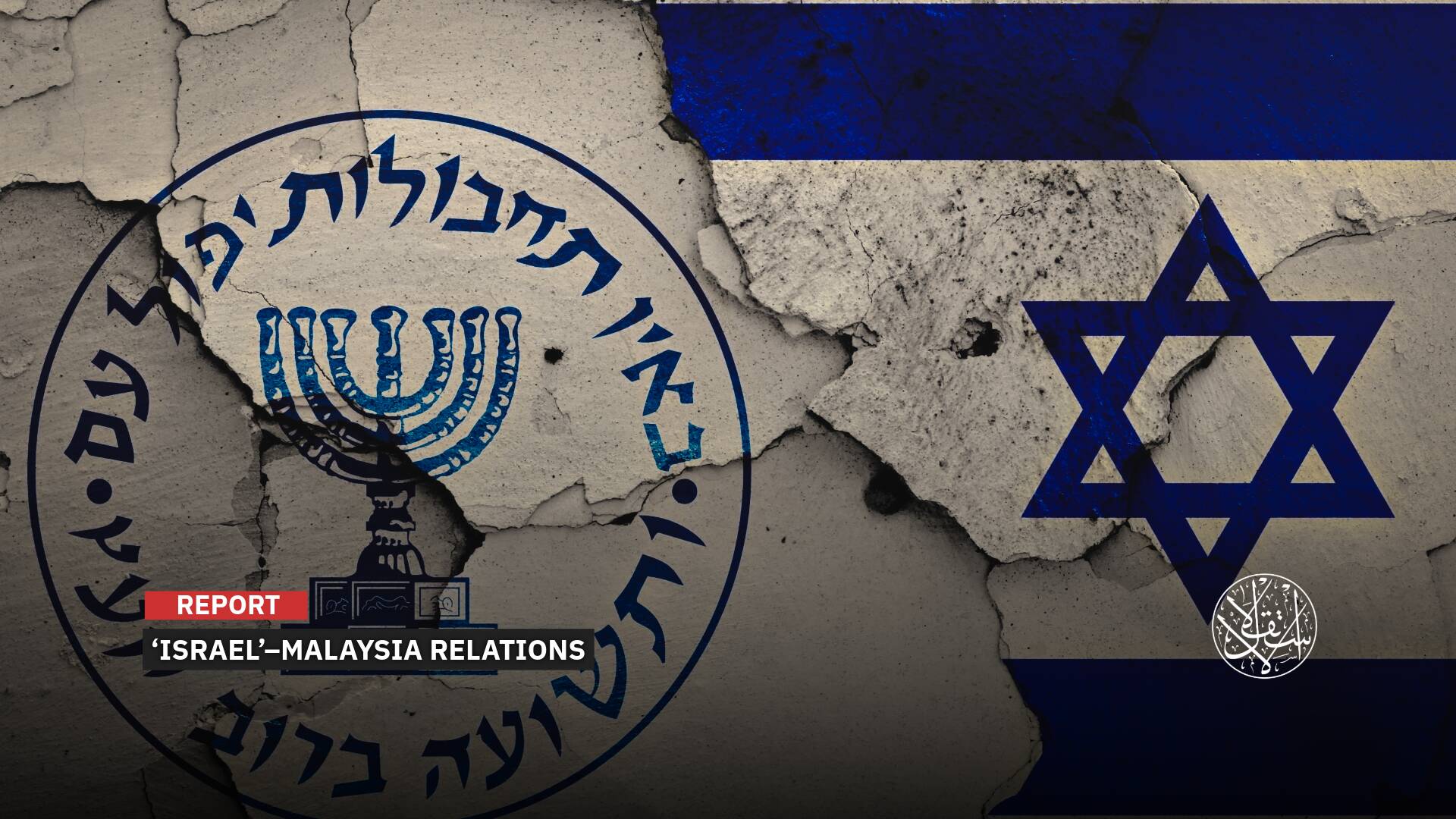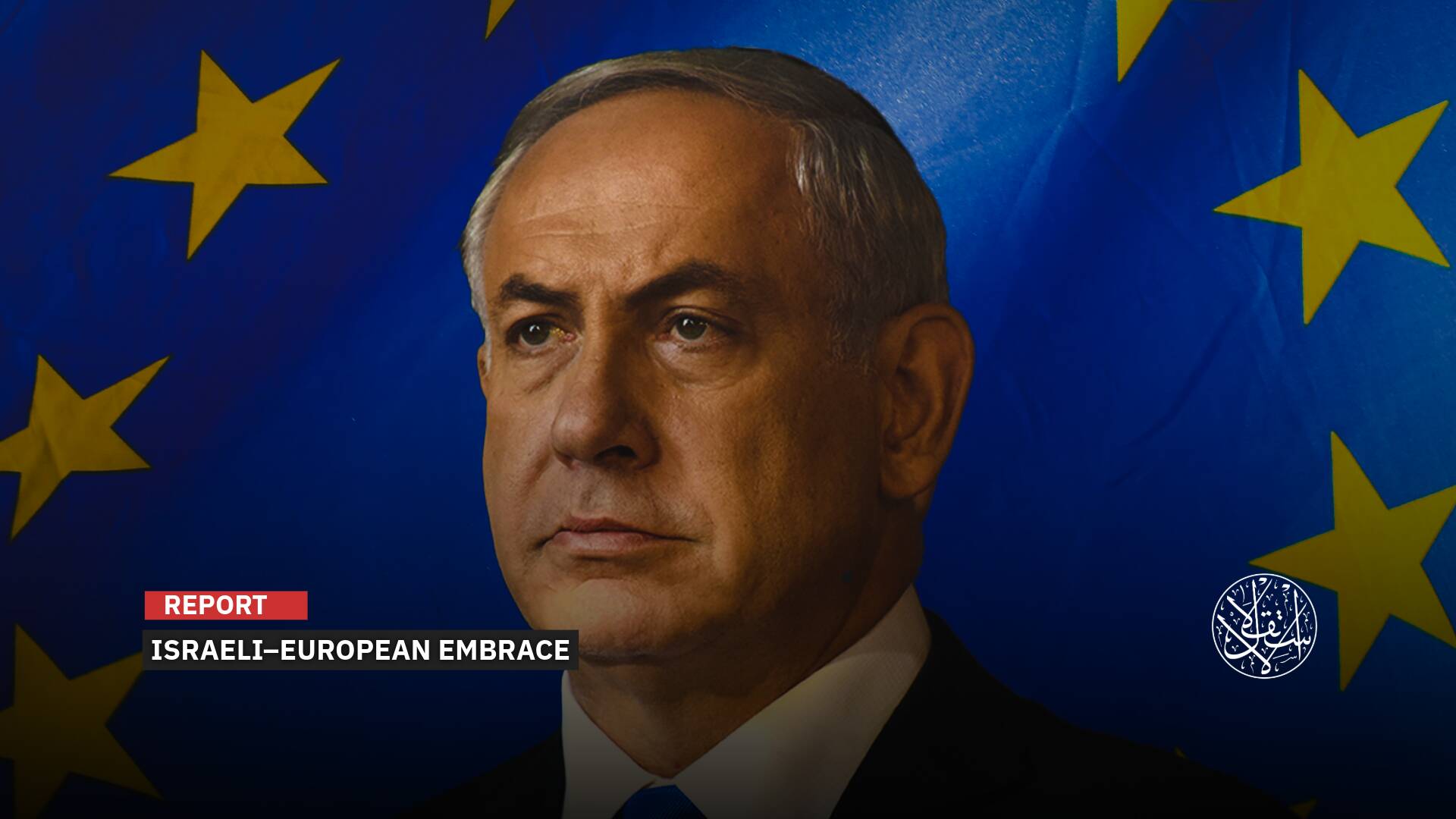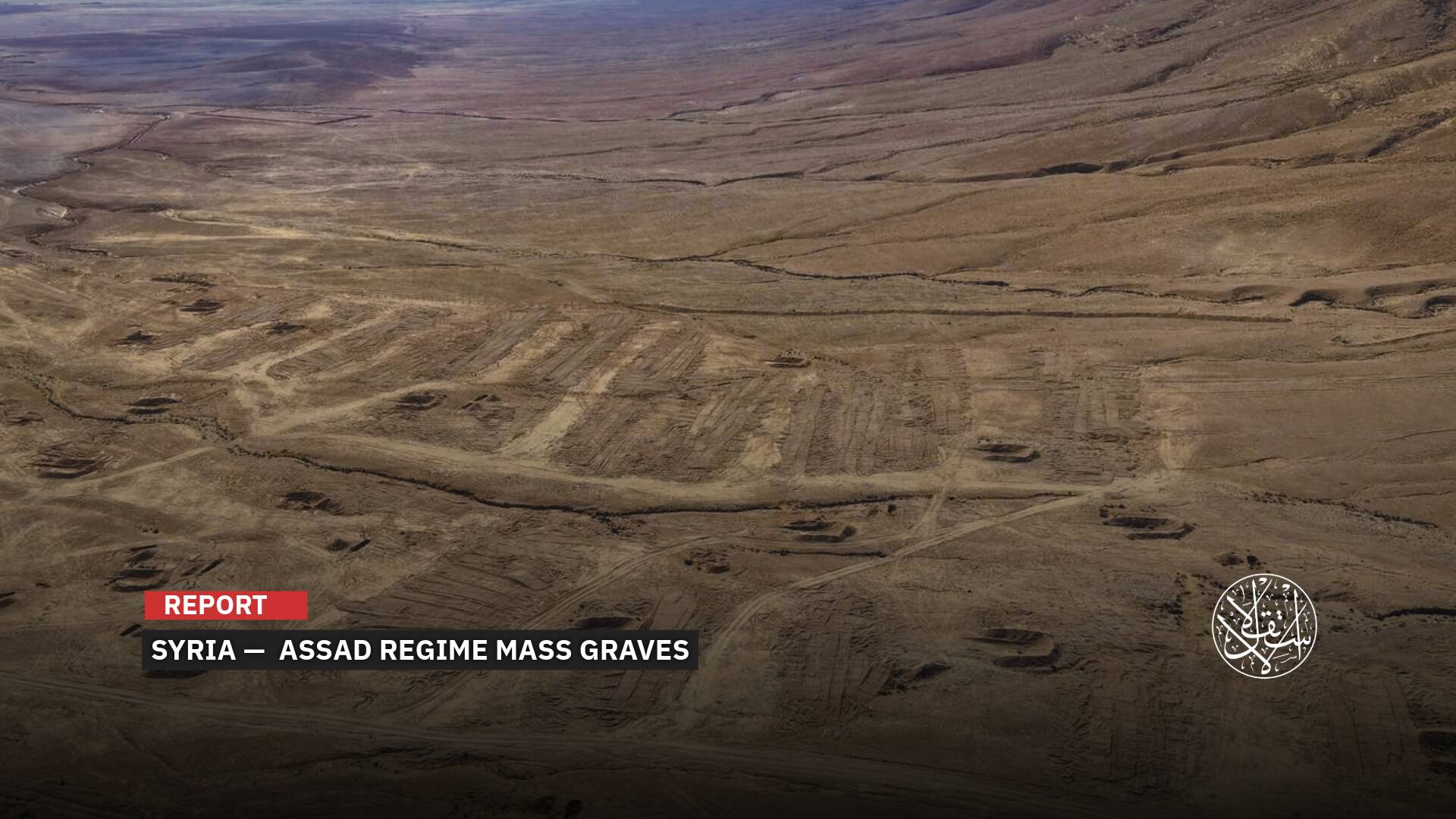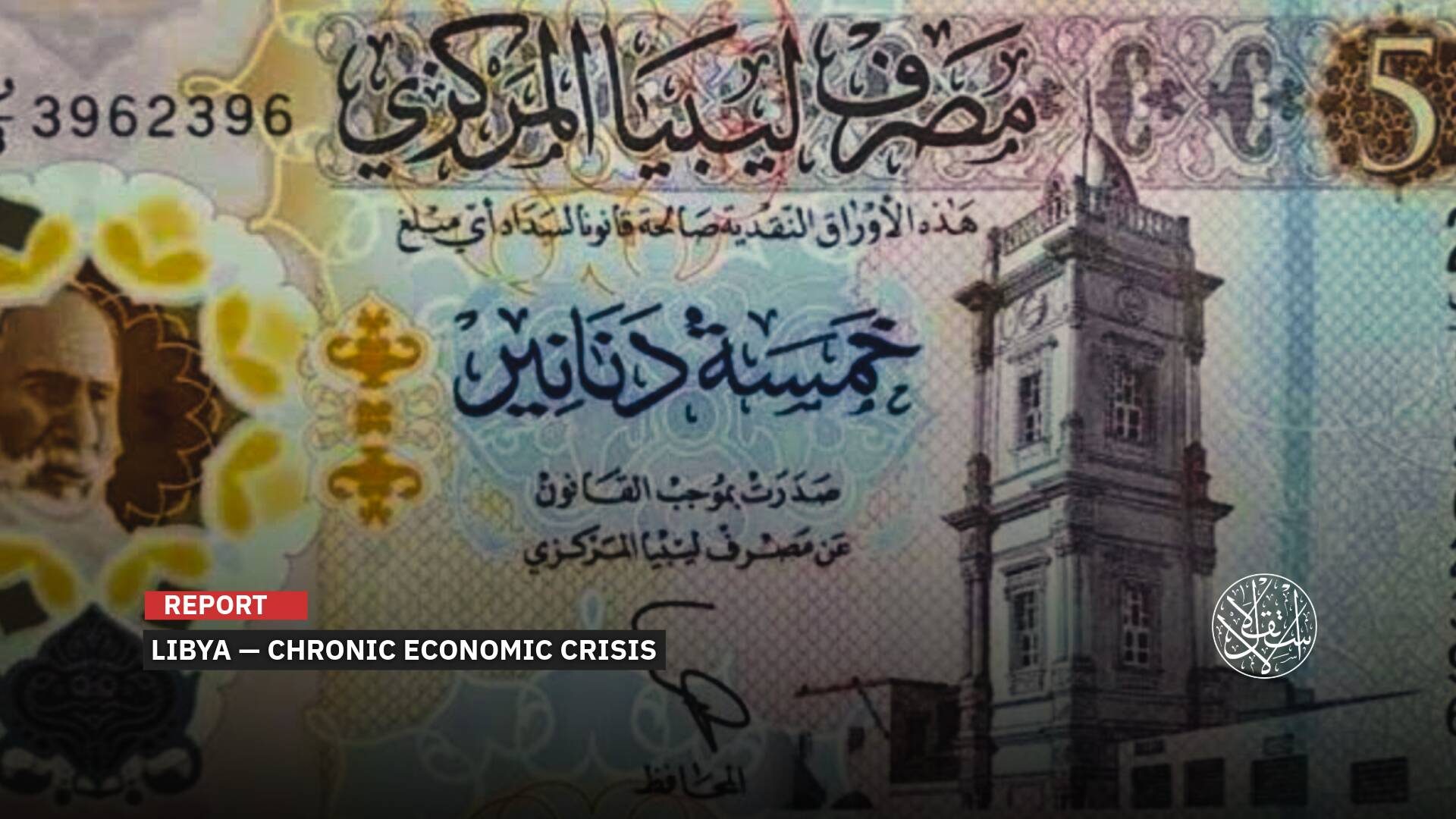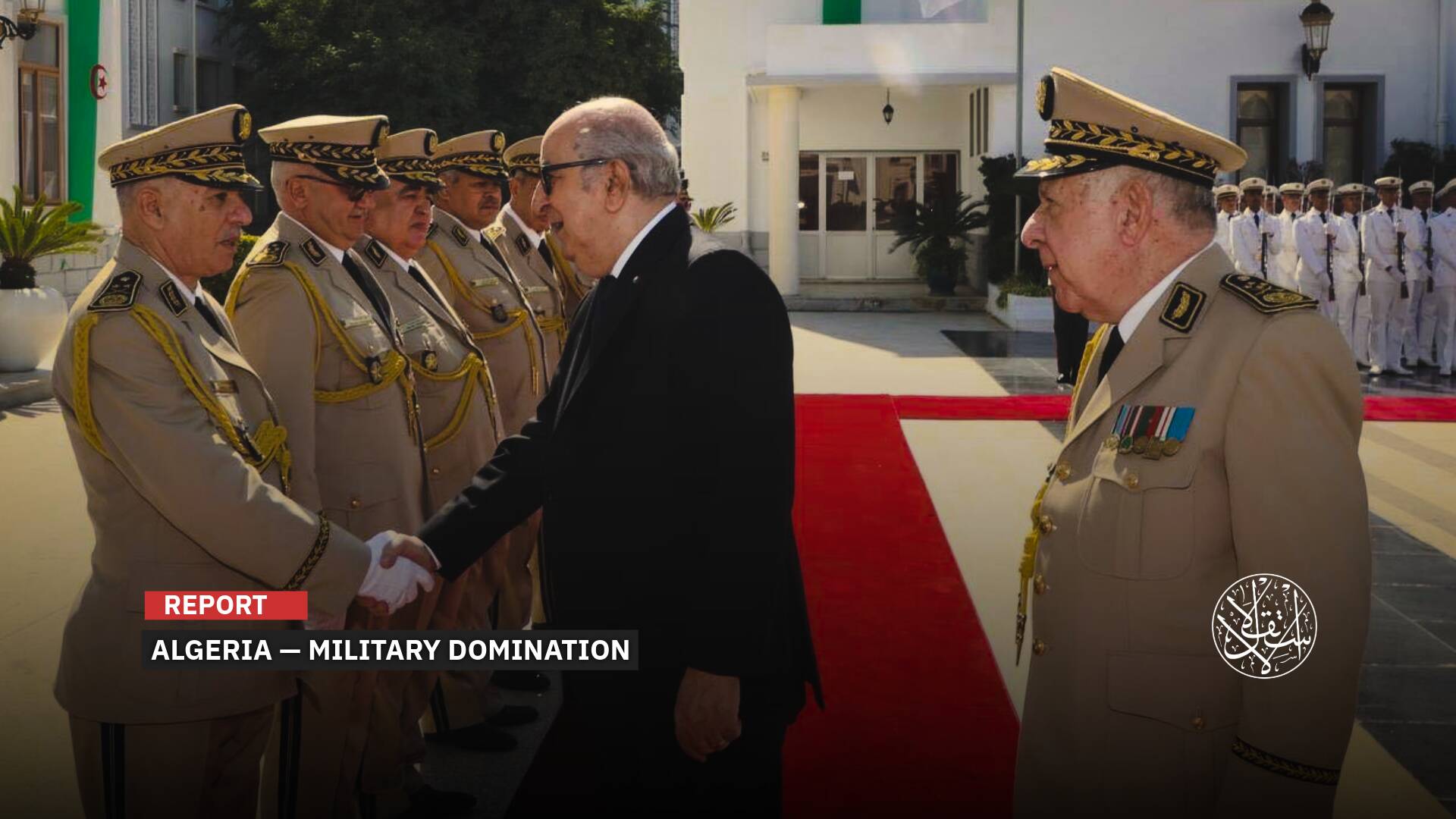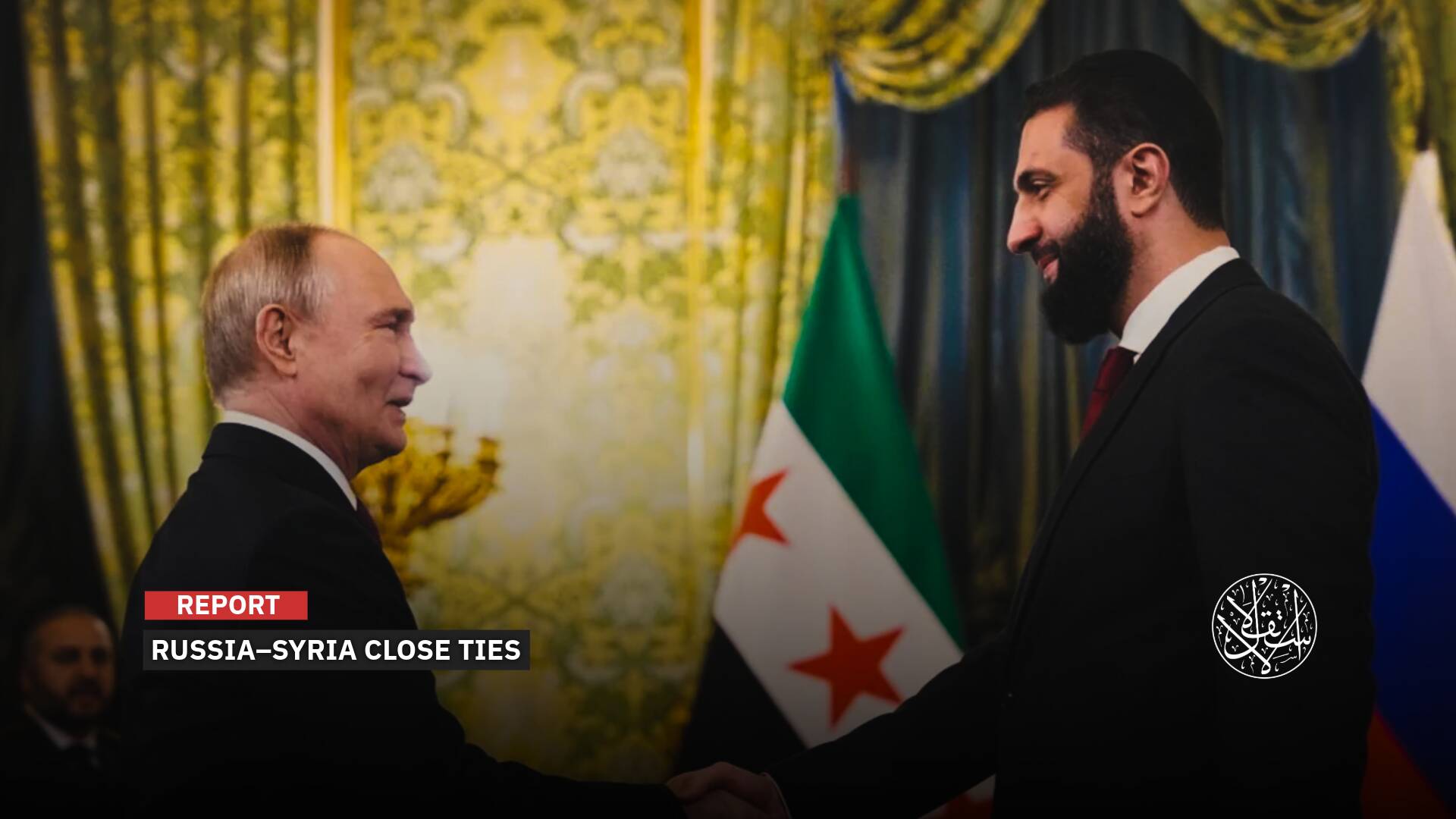Sons of Zayed: The Conflict Between Tahnoun and Hazza Reshapes Abu Dhabi’s Power Map
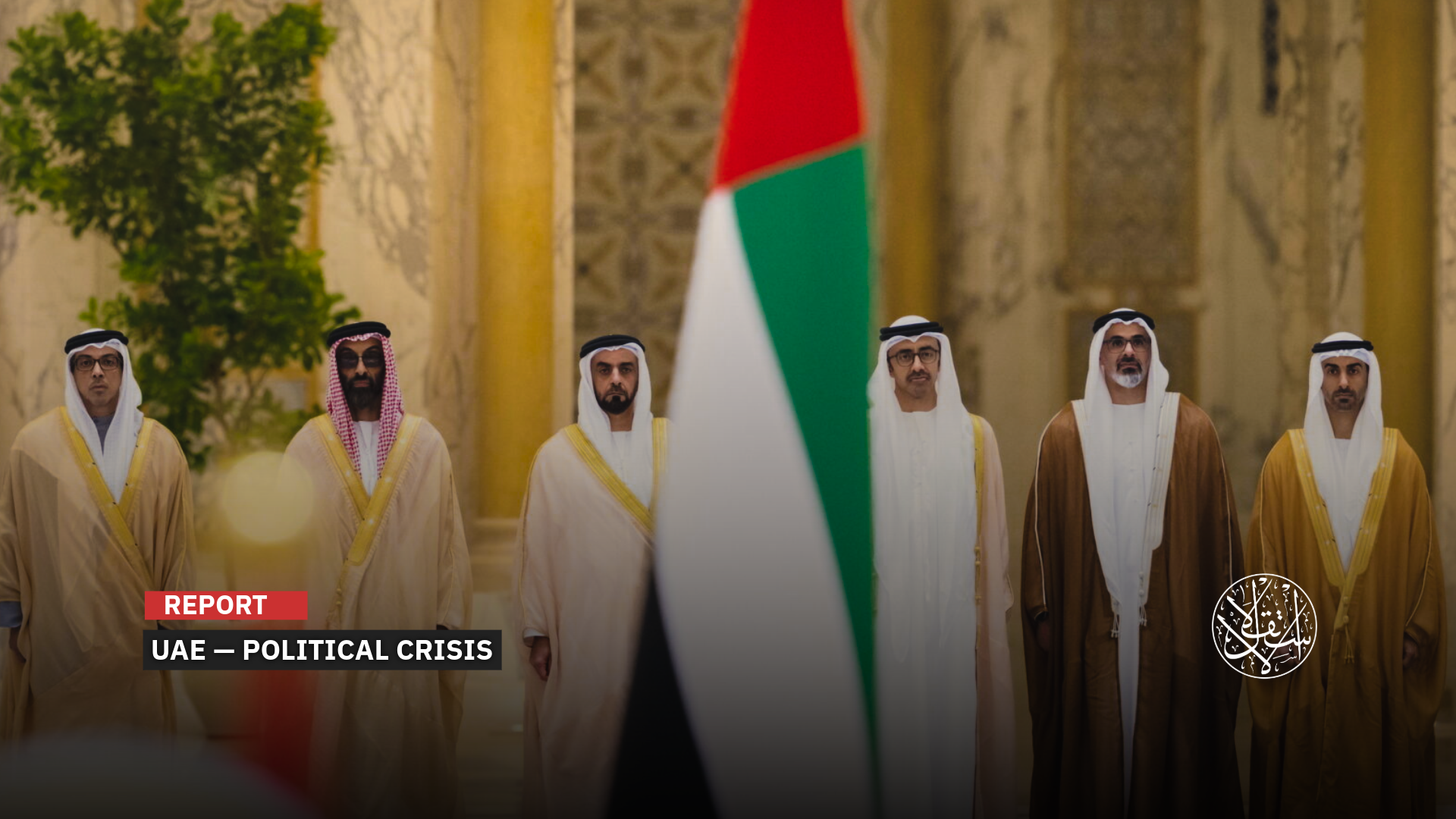
The divide between the two brothers reflects two opposing faces of the UAE’s identity itself.
As the United Arab Emirates presents itself to the world as a model of Arab modernity, openness, and innovation, the walls of its ruling palace conceal an intense power struggle between two influential brothers: Abu Dhabi’s Deputy Ruler and National Security Advisor Tahnoun bin Zayed and the Ruler’s Representative in al-Ain, Hazza bin Zayed.
Though never officially acknowledged, the rivalry, according to a detailed report by the Italian outlet Inside Over published on October 8, 2025, reveals a deep divide at the heart of the Emirati state between Tahnoun’s technocratic vision of control through finance and intelligence and Hazza’s traditionalist push to restore the old foundations of authority.
Outwardly, the glittering towers of Dubai and Abu Dhabi symbolize progress and prosperity, but behind the scenes, a quiet battle is unfolding over who truly holds the reins of power and who will shape the future of the Gulf’s most dominant emirate in the era following Mohammed bin Zayed’s rise to the presidency.
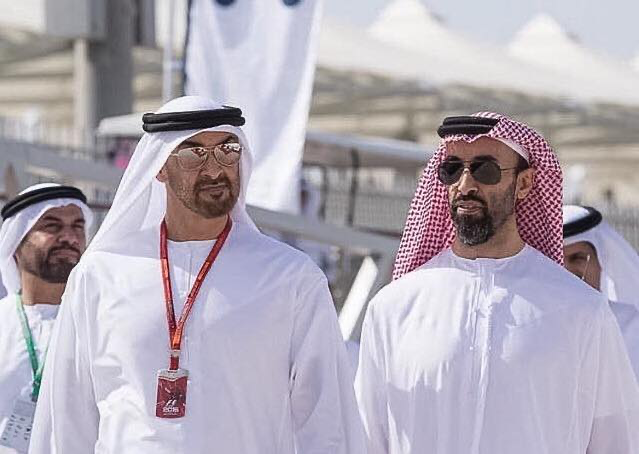
Bin Zayed System
Since the death of Khalifa bin Zayed in 2022 and the rise of his brother Mohammed bin Zayed to the presidency, the UAE has entered a new phase of internal power restructuring within the ruling family.
In March 2023, Mohammed bin Zayed issued what analysts described as a precise redistribution of influence, appointing his brothers Tahnoun and Hazza bin Zayed as Deputy Rulers of Abu Dhabi and naming his son Khalid bin Mohammed as Crown Prince and heir to the throne.
The move quietly ended the long-standing tradition of horizontal succession within the al-Nahyan family, ushering in an era of vertical inheritance from father to son. Yet the reshuffle did not diminish the power of the brothers; it instead opened the door to a quiet rivalry between them, particularly between Tahnoun and Hazza, who represent two competing visions within the same system.
Since 2016, Tahnoun has held the post of National Security Advisor, but his real power extends far beyond that title. As Inside Over describes him, he is the most powerful man after the president and the mastermind behind a vast financial and intelligence network stretching from Abu Dhabi to Asia, Africa, and Europe.
Tahnoun oversees an economic empire worth more than 1.5 trillion dollars, spanning sovereign investments and conglomerates such as Royal Group, ADQ, and International Holding Company (IHC), now considered the UAE’s most powerful economic arm. What sets Tahnoun apart from his brothers is his command of the new levers of power—money, technology, and data.
He stands behind G42 and MGX, two tech giants at the heart of the UAE’s rise in artificial intelligence, cybersecurity, and biotechnology, partnering with global players like Microsoft and BlackRock. This reach has turned into a shadow empire that allows him to influence both economic and political decisions.
According to reports, including Emirates Leaks published on July 6, 2025, Tahnoun’s vast economic empire also serves as cover for broader authority in security and foreign affairs. He is accused of overseeing covert intelligence operations, including cyber espionage campaigns and digital infiltration, as well as coordinating Emirati activities in conflicts such as Libya, Yemen, and Sudan through networks of private firms and financial intermediaries.
This ability to operate in the grey zone between security and economics has made Tahnoun the embodiment of a “deep state figure,” a man who wields power from the shadows.
By contrast, Hazza bin Zayed projects a quieter and more locally rooted image. After leading the National Security Service in the 1990s, he transitioned into administrative and representative roles, becoming Deputy Ruler of Abu Dhabi and the Ruler’s Representative in al-Ain in December 2024.
Hazza has remained close to Emirati society, far removed from the global financial web his brothers control. He meets with tribal leaders and community representatives, presenting himself as a traditional, fatherly figure in contrast to Tahnoun’s silent technocrat persona.
But calm does not mean lack of ambition. In recent years, Hazza has sought to expand his influence into security and regional affairs long dominated by Tahnoun, including relations with Emirati proxies in Yemen, Libya, and Sudan—a move that has caused unease within Mohammed bin Zayed’s inner circle, as these areas are seen as red lines tied directly to national security.
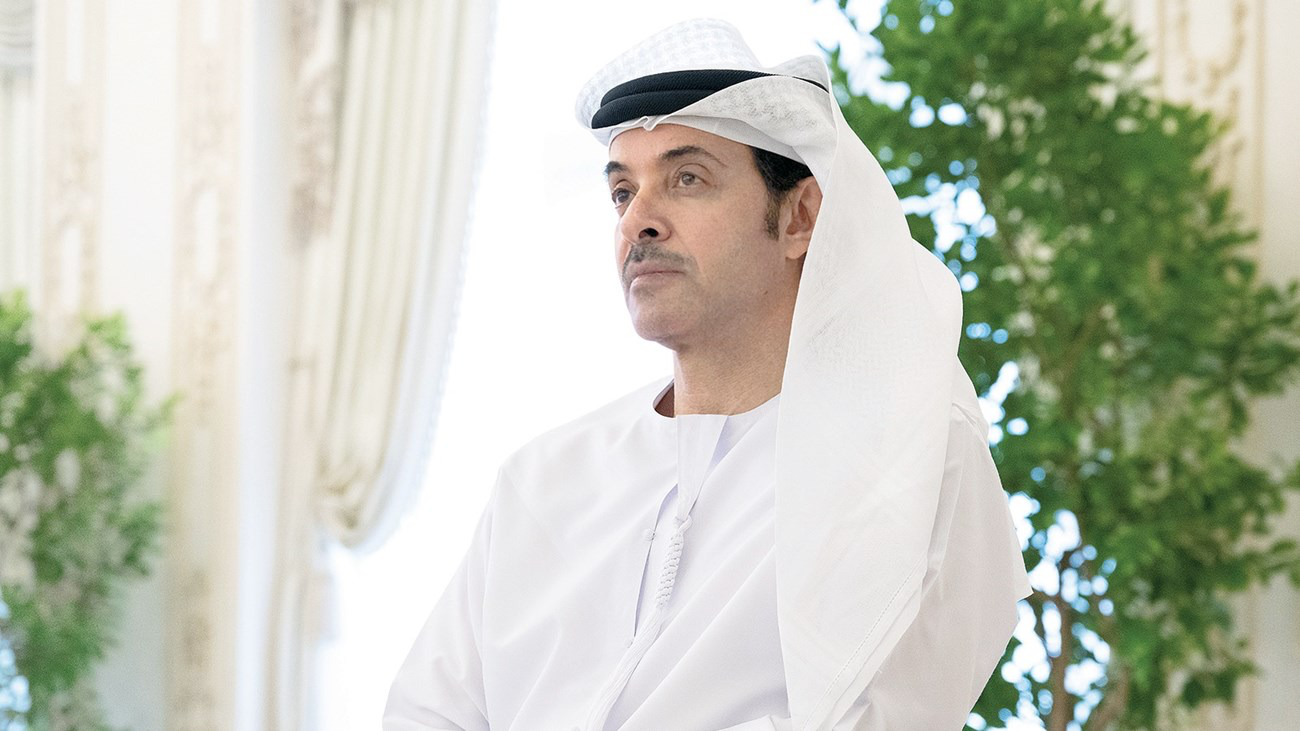
Clash of Minds
The contrast between the two brothers reflects two opposing faces of the UAE’s identity. Tahnoun embodies the new Emirates, a state built on artificial intelligence, digital economies, and global corporations, while Hazza represents the old Emirates, one that still values social cohesion, tribal hierarchy, and the image of a ruler close to his people.
This clash between technological modernity and traditional legitimacy is no longer just a difference in vision. According to several Western observers, it has evolved into a competition over who will shape the future of the state after Mohammed bin Zayed.
As Crown Prince Khalid bin Mohammed prepares to assume leadership in the future, Tahnoun’s influence grows as the true executive power holding the reins of finance and intelligence, while Hazza retains his longstanding connections within the military and civilian bureaucracy.
A report by Intelligence Online in September 2025 noted growing disagreements between the two brothers over the management of the UAE’s foreign proxies, suggesting that their rivalry has spilled beyond internal dynamics into the country’s regional policy.
In recent years, Tahnoun’s name has become synonymous with the UAE’s shadow diplomacy and informal networks of influence that operate far from the public eye. He leads major projects in technology and cybersecurity through partnerships with countries such as China, the Israeli Occupation, and the United States and has been accused by Western media of playing a central role in digital surveillance operations targeting dissidents and journalists, relying on Israeli spyware and European monitoring systems.
Hazza, by contrast, is seen as less involved in intelligence affairs and more focused on representing the state domestically, serving as the social rather than the security face of the regime. Yet his efforts to expand his authority both inside and outside the country have heightened tensions with Tahnoun, prompting analysts to describe their relationship as a fragile alliance that could fracture at any moment.
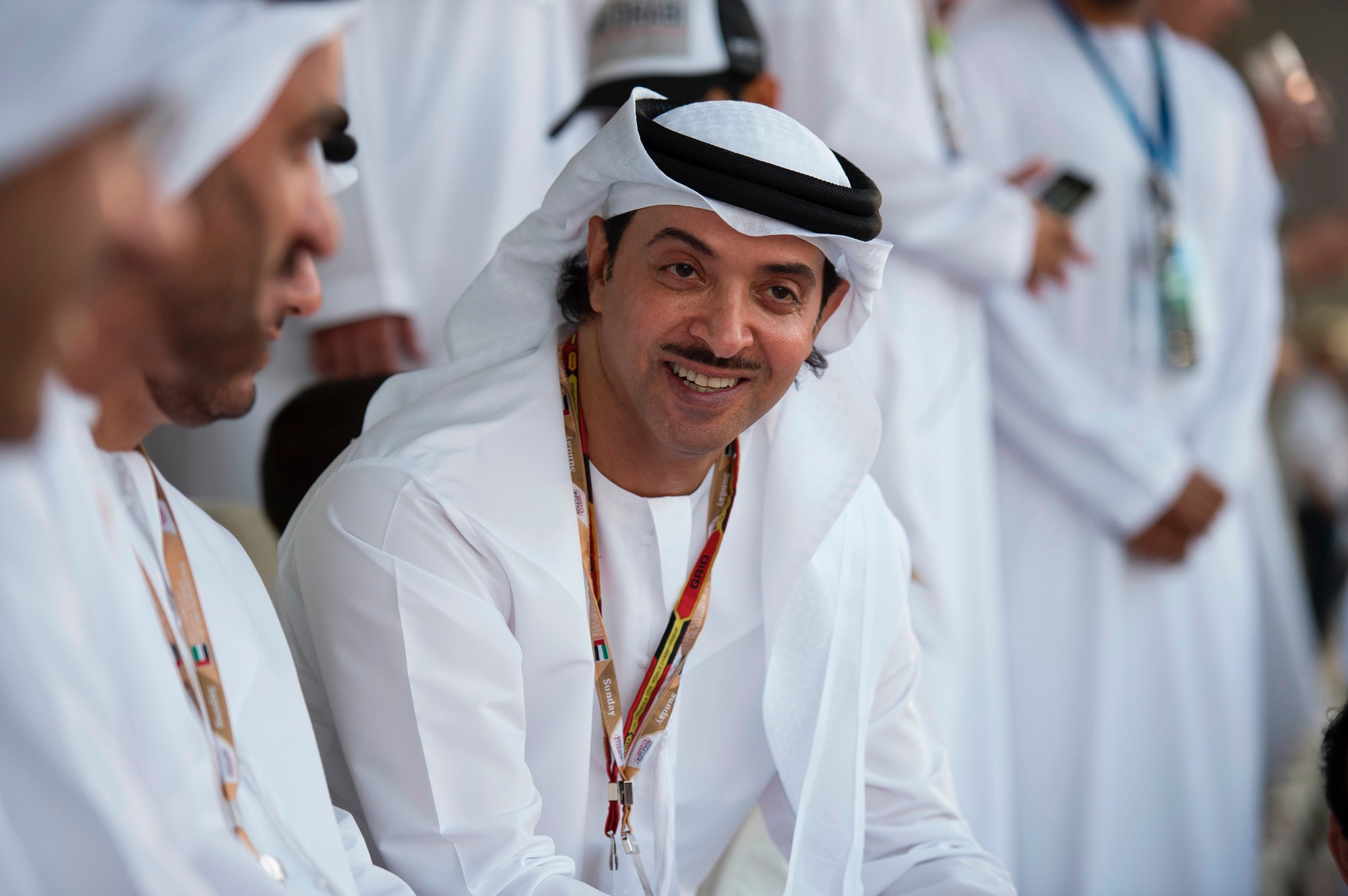
When Mohammed bin Zayed appointed his son Khalid as crown prince on March 29, 2025, it was clear he intended to end any possibility of a succession struggle among his brothers. Yet while this move clarified the line of power, it also opened the door to an unspoken contest for influence between three centers: the young crown prince who oversees military and security affairs, Tahnoun who dominates intelligence and the economy, and Hazza who relies on his deep social and institutional connections within the Emirati establishment.
Mohammed bin Zayed appears to manage these competing forces through what observers call a “golden balance”—distributing senior positions to maintain loyalty and avoid fragmentation, while ensuring no faction gains full control of decision-making. But this arrangement remains fragile by nature, relying more on the president’s personal authority and ability to maintain internal discipline than on any constitutional or institutional mechanism.
The rivalry between Tahnoun and Hazza is also deeply tied to Abu Dhabi’s regional operations over the past decade. In Libya, Tahnoun has been linked to financing and arming General Khalifa Haftar’s forces, while Hazza reportedly favored a more cautious, institution-based approach. In Yemen, Tahnoun backed the expansion of the Southern Transitional Council in Aden through direct funding channels, whereas Hazza leaned toward a more balanced engagement with the legitimate government.
In Sudan, the file of Mohamed Hamdan Dagalo (Hemeti) and his Rapid Support Forces became one of the most contentious within the Emirati leadership. Tahnoun’s camp was accused of managing logistics and funding for Hemedti’s militias before the war erupted in 2023, a move that later caused diplomatic embarrassment for Abu Dhabi.
Analysts say these divergent foreign policy approaches reveal a deeper competition over how to define the UAE’s national security: is it about projecting influence abroad through wealth, technology, and intelligence, or safeguarding domestic stability through social cohesion and local loyalties?
The question remains unresolved, but it underscores the sharp contrast between Tahnoun’s technocratic vision and Hazza’s traditionalist outlook.
In Abu Dhabi’s inner circles, one question looms larger than all others: what happens when the orchestrator himself, Mohammed bin Zayed, eventually steps aside? For now, he holds every thread of power, from the military and sovereign funds to intelligence and foreign policy. But once he is gone, the system could face three competing centers of influence, each with its own power base and network of interests.
A report by the German Institute for International and Security Affairs on July 8, 2025, noted that UAE stability rests on balancing the ruling factions, not on the strength of its institutions. Any disruption to that balance, even a small one, could spark internal fractures threatening the cohesion the Emirates has maintained since its founding.
Should Tahnoun’s control over the economy and security apparatus continue to expand, he could emerge as the de facto power broker in the post–Mohammed bin Zayed era—leaving the young crown prince dependent on alliances with his uncles to preserve his authority.
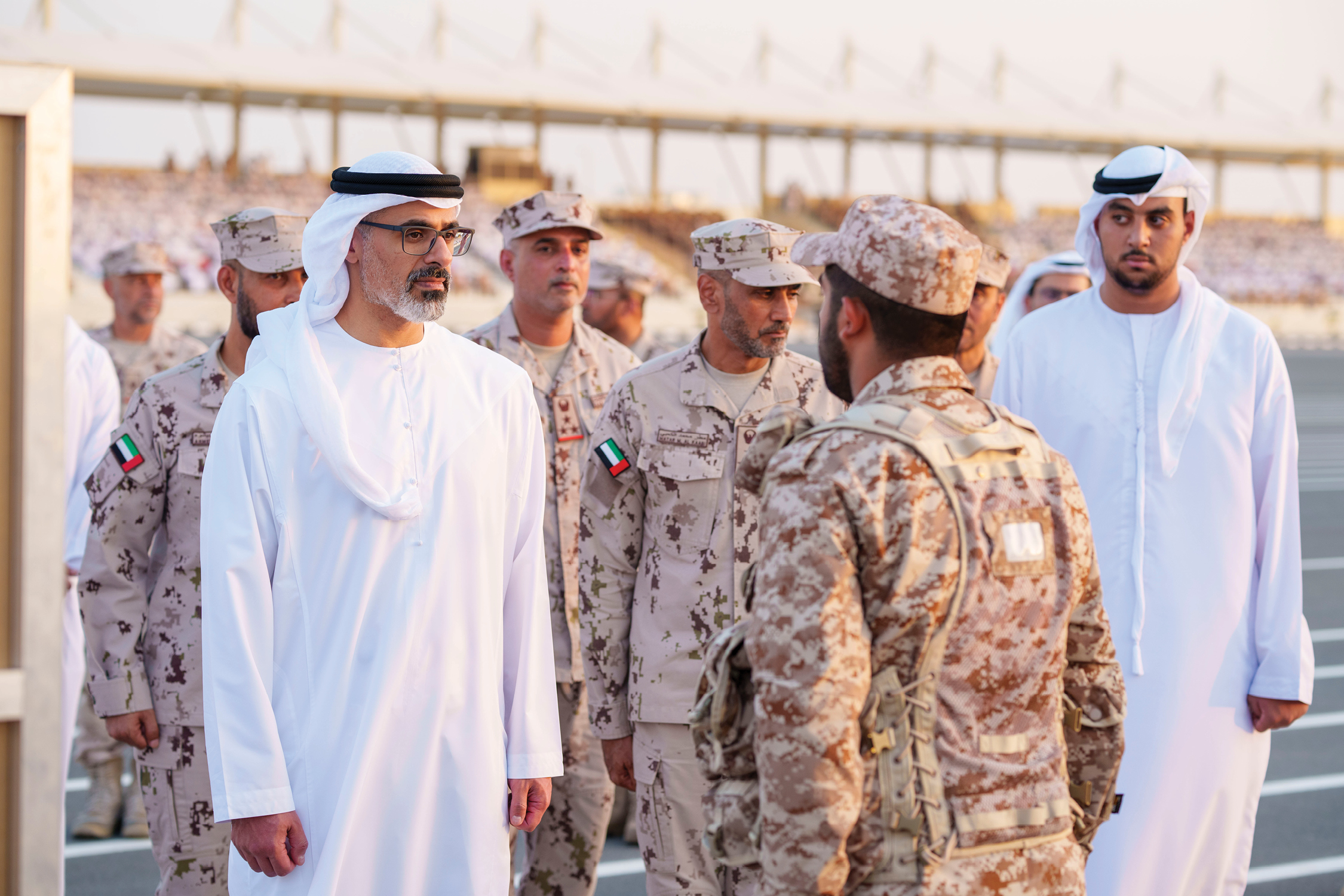
The Battle for the Future
Political analyst Mohamed Maher argues that the shining image the UAE presents to the world does not necessarily reflect its internal reality.
“On the surface, the UAE appears to be a perfect success story, a nation building its future through artificial intelligence, competing for leadership in the digital age, and striking peace and investment deals with both East and West,” Maher told Al-Estiklal.
“But behind this glittering technological façade,” he said, “lies a deep structural paradox between what the state projects outwardly and what is happening within the ruling family itself.”
“The UAE markets itself as a modern, progressive power, yet it is still governed by a royal-family mindset that monopolizes the levers of the economy, security, and political decision-making within closed circles. This makes the ongoing struggle between Tahnoun and Hazza not just a family dispute but a contest over the very identity of the state,” the political analyst added.
He warned that “this tension between modernization and insularity is the most serious challenge facing the UAE today, as it stands at a crossroads—either to continue as a global laboratory for artificial intelligence and political innovation or to slip back into the traditional logic of rule built on personal loyalties and old networks of influence.”
According to Maher, “Mohammed bin Zayed may succeed, for now, in maintaining cohesion within the royal family, but Gulf history shows that palace rivalries are not settled by balanced appointments; they are decided by whoever controls the core of the state.”
“The one who commands money, technology, and cyber power, Tahnoun, holds the strongest cards. But the one who holds the tribes and local legitimacy, Hazza, possesses a form of authority that money cannot buy.”
“Crown Prince Khalid bin Mohammed now walks a tightrope, trying to inherit a state that looks modern from the outside but is fractured from within. The future of the UAE will not be defined in AI summits or global forums, but in the closed-door meetings of the presidential palace, where the silent battles between brothers quietly shape the destiny of the nation,” the analyst said.
Sources
- Emirati Arabi Uniti: Tahnoon e Hazza, guerra in famiglia all’ombra dell’intelligence e della cyberscurity
- Regional Power United Arab Emirates
- Disagreements between MbZ's brothers on UAE proxies reveal shifting power balance at home
- Pandora Papers reveal Emirati royal families’ role in secret money flows
- The Hidden Power Struggle Within the Al Nahyan Ruling Family [Arabic]




